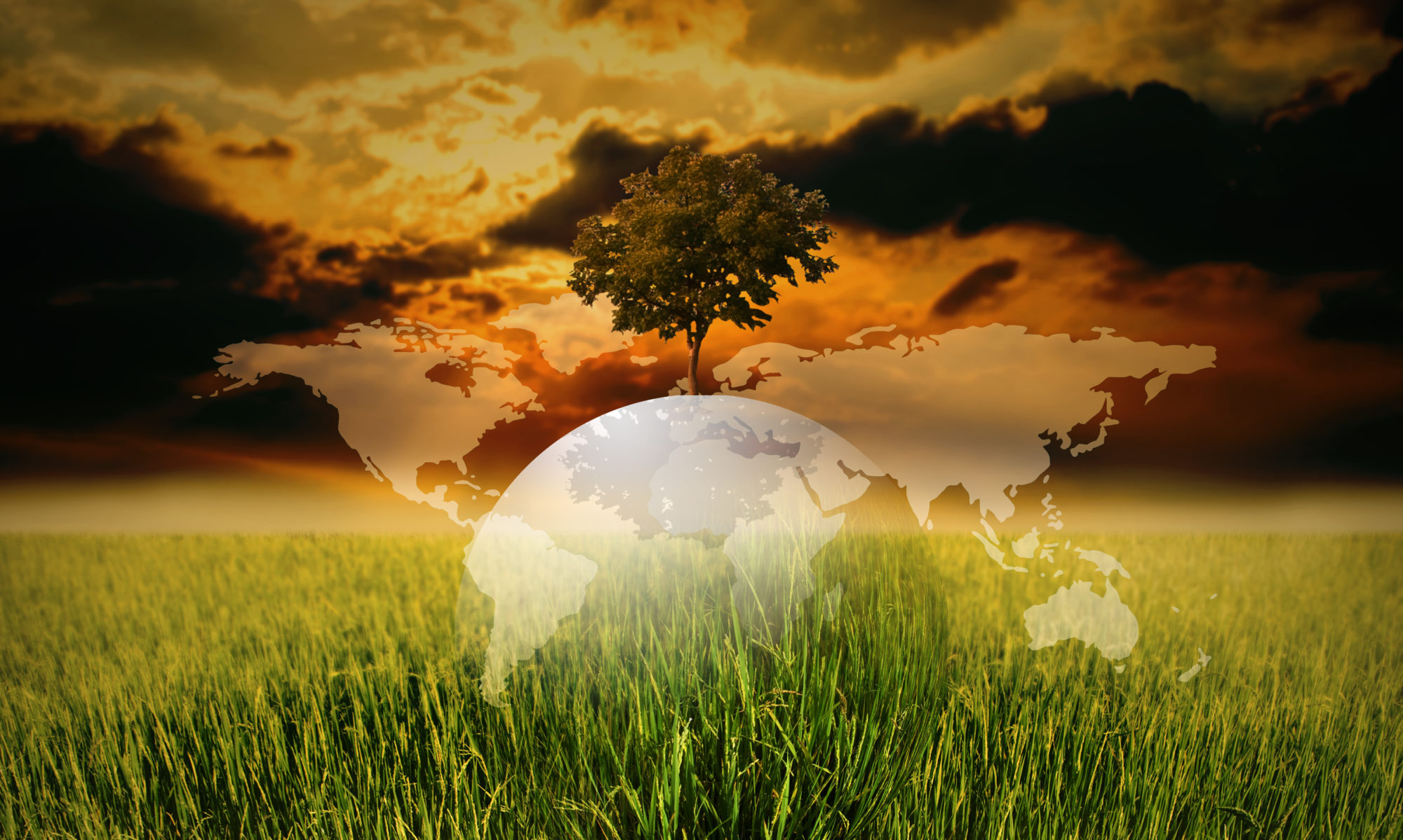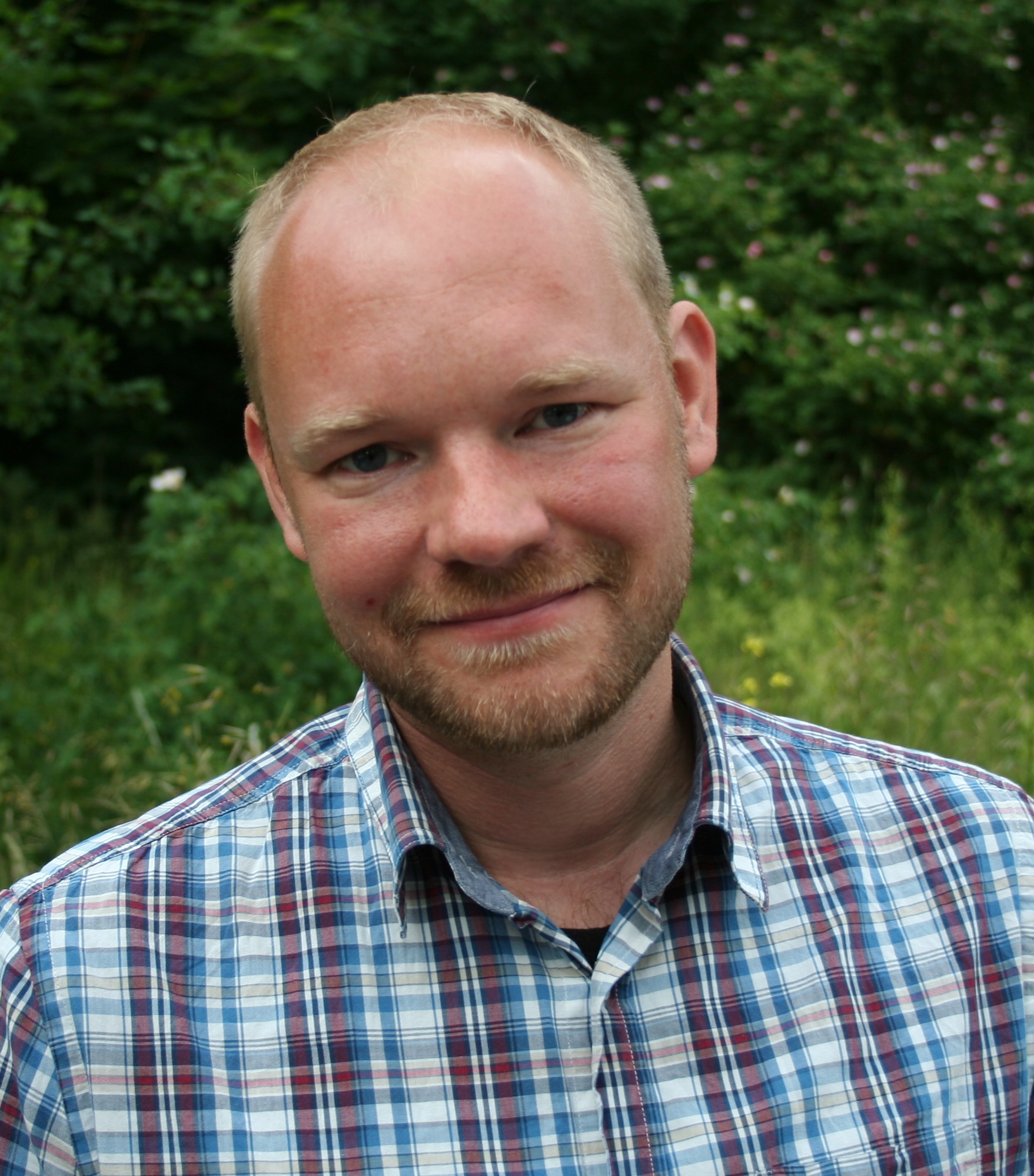Imagine you are the programme director of an engineering programme. Imagine that you are deeply concerned about where the world is heading, and that you realise that the students coming out from your programme could have the capacity to make a real change in the world. How do you make sure that they will get the skills and knowledge they need to work for a sustainable development? How can you ensure that sustainability issues are discussed, taught and learnt throughout the courses of your programme?
I have hade quite a few of these discussions with programme directors over the last few years. But recently we received a consultancy job at Snowflake Education along these lines, where we eventually came up with a completely new answer to those questions. This job was for the M.Sc. in Engineering for Energy and Environment, at the Royal Institute of Technology (KTH) in Stockholm.
This particular programme could be called ‘the flagship programme’ when it comes to sustainable development at KTH. I was actually assigned as project manager for the process leading up to the launch of the programme some eight years ago, so it was super interesting to get involved in the programme again.
At Snowflake Education, we have identified a process for how to do these kinds of jobs: we regularly assist programme directors and university management in the process of integrating sustainable development in a relevant way into their education programmes. This process typically consists of four stages:
- current status analysis
- creating a vision
- creating a roadmap
- applying the change process
Each of these steps consists of interviews, focus group seminars, workshops and a range of other activities. Depending on the clients’ particular needs and what they have done before, the focus of the process can be put on different aspects.
In this particular case, stage 1 and part of stage 2 had already pretty much been taken care of in another project done the previous year, so we started by reviewing their results – and refined them a little according to our own experience.
An interesting feature with this engineering programme, is that it has everything to do with sustainable development. When you look at the current programme objectives, they all connect deeply with sustainable development issues. However, the first thing we realised was that although the integration of sustainable development into this programme is obviously much more profound than in almost any other programme I have worked with, there a still a lot of things that can be improved. So, we started to figure out a process for how this could be done. From scratch.
I and my colleague at Snowflake Education, Sara Trulsson, presented the results of this work today at a programme conference for the teachers on the programme, after having worked with this for a couple of weeks. Here is roughly what the process we presented would look like:
- First of all: we realised that there is a certain complexity to writing programme objectives that are both broken down into different taxonomic levels, and simultaneously broken down into different subject-related fractions. We realised that this is not normally well done in most education programmes, and there would probably be a need for a more rigorous generic process for how to do this.
- Second, we decided that there were actually three aspects that we wanted to take into consideration:
Sustainable development is such a vast and complex subject that we need first of all a structure for covering the different aspects of the subject. The method of choice should be one that is both broad enough and deep enough, and one that recognises sustainable development as a truly multidisciplinary and complex subject. We choose the Sustainable Development Goals from Agenda 2030 (the SDG’s) as the schematic for this. UNSCO has later developed those into topics and suggested learning objectives, as a starting point for organisations in education for integrating the SDG’s into education. We used those as a starting point for our process.
There are a number of specific skills that professionals trained to manage sustainability issues must be trained for. Different authors arrange such skills in different ways, but after considering a couple of commonly cited schematics, we choose Wiek’s five key competences (Wiek et al., 2011). This is a presentation that describes the concept.
Last but not least we still favour a taxonomic dimension. In this case, we choose to work with Bloom’s taxonomy.
- We then turned the presentation into a workshop where the attendants had the chance to briefly try out our process for developing and follow up on sustainability learning objectives, learning activities and assessment. The workshop would follow the same steps as the process would:
- For each of the 17 SDG’s: work through the 10 ‘topics’ that UNESCO have defined in their report and decide within the teacher community IF that particular topic should be covered by this education programme or not, and if so to WHAT taxonomic level.
- For all selected topics, define one or several intended learning outcomes (ILO’s) and learning activities (LA’s) – based on Wiek’s key competences. Allocate the ILO’s and the LA’s to the courses in the programme. Then relate those back to the key competences. This is an iterative process that is repeated until all topics are allocated to courses in the programme.
- Identify overlaps between ILO’s. Condense to long list of ILO’s to a compressed list.
- Develop a virtual course plan for sustainable development within the education programme. Identify individuals and responsibilities to implement the virtual course plan and for reviewing it recurrently, for example every second year.
The workshop was then followed by a discussion on how the process would work if fully implemented on the programme.
The teachers and other participating personnel agreed that this would be a great process and the next step will be to launch this during the autumn semester 2018.
This is a very brief summary of the outcomes of the meeting we had with the teachers and the process we have worked on. I will post updates to the process as we move into the next phase for the next few months. However, in the meantime please get back tom me with you comments and questions – I am tremendously curious to hear whether you believe something similar would be appropriate at your institution!

